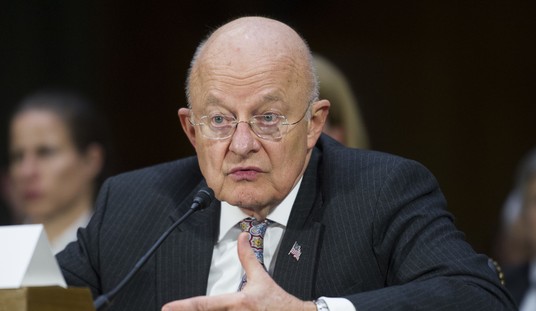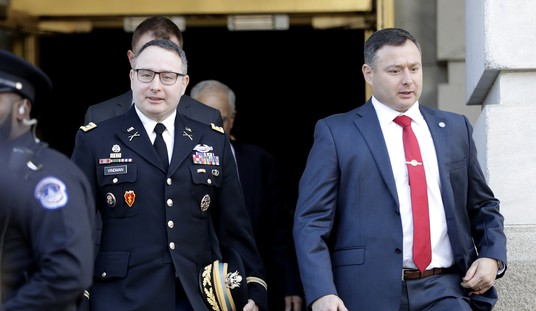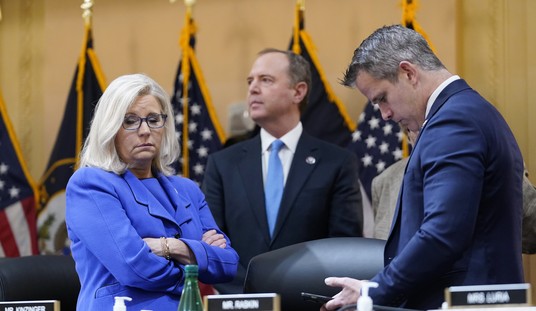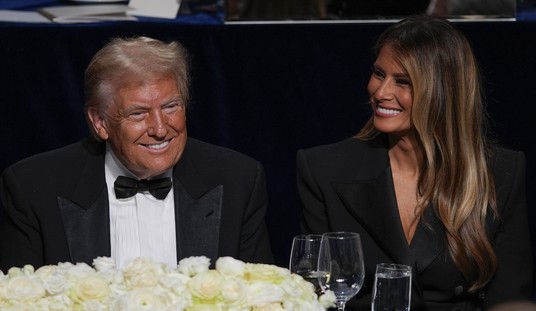“For too long we’ve stayed on the sidelines and watched the rest of the world eat our lunch in the high speed passenger train game,” he said. “Well, let me tell you something Mister and Mrs. John Q. America, we’ve had our Sputnik moment wake up call and we’ve stopped hitting the snooze button. When I go flying up that ramp and across that canyon on March 6, dangerous crosswinds permitting, it will send a message loud and clear to the Japanese and Uzbeks and Cameroons – it is on, amigo.”
Vice President Joe Biden as quoted by Iowahawk.
A key part of the Winning The Future (WTF) strategy the White House is pushing is based on me-too-ism. If another country is doing something then we have to do it. Shanghai students score high on standadized tests? Then we have to catch up. China has a the largest solar power research facility? Then we need one to. The Soviet Union has launched Sputnik? Then by golly we will launch one too.
High speed rail also gets the Administration’s competitive juices flowing. Faced with mounting deficits, flaccid consumer demand, and a GOP House that has vowed to cut $100 billion from federal spending this year, the Administration has proposed spend $53 billion on high speed rail largely because some other countries are doing it too.
WASHINGTON – President Barack Obama is calling for a six-year, $53 billion spending plan for high-speed rail, as he seeks to use infrastructure spending to jump-start job creation.
[…]
Obama’s push for high-speed rail spending is part of his broad goal of creating jobs in the short-term and increasing American competitiveness for the future through new funding for infrastructure, education and innovation. During last month’s State of the Union address, Obama said he wanted to give 80 percent of Americans access to high-speed rail within 25 years.
I am a fan of rail transportation. I take it to work every day covering some 60 miles in about 40 minutes. But I don’t fool myself that I’m not being heavily subsized by the feds and my state government. Were the passenger line I ride required to break even I would be driving my car in short order. But that is regular rail, sharing tracks with CSX freights. It isn’t high speed rail on a dedicated track.
High speed rail is a vanity project. As the WSJ pointed out there are two high speed rail lines in the world that actually turn a profit: Tokyo-Osaka and Paris-Lyon.
Proponents also claim that high-speed rail is profitable, but this too is off the mark. Internationally, only two segments have ever broken even: Tokyo to Osaka and Paris to Lyon.
Ridership in these markets has been bolstered by high gasoline prices and one-way highway tolls of $40 and $100, respectively. These and other foreign routes have attracted much of their ridership from a strong core of rail passengers that does not exist in the U.S.
The Heritage paper America’s Coming High-Speed Rail Financial Disaster also explodes the myth that rail in Europe and Japan is self sufficient. It isn’t.
In 2008, Amtrak’s inspector general published an analysis of government subsidies to passenger rail in Europe and compared them to Amtrak’s subsidies. One purpose of the review was to address the contention that passenger rail in other countries, especially HSR, operates at a profit (i.e., without subsidies). For 1995-2006, the study found that the governments of Germany, France, the United Kingdom, Spain, Denmark, and Austria spent “a combined total of $42 billion annually on their national passenger railroads.” The $42 billion that these six countries, which have a combined population of 269 million, spent on just passenger rail in 2006 is roughly proportionate to the $54.8 billion (most of which was funded by user fees) that the government of the United States (population of 309 million) spent on all forms of transportation, including highways, rail, aviation, water transport, and mass transit.
Even if we assume away the perpetual subsidies to keep high speed rail in operation the environmental regulations will add tens if not hundreds of millions of additional dollars to the bill and we will all pay for the privelege of letting Joe Biden speed his way home to Delaware every time we buy anything. The plan is for high speed rail to use the Amtrak model and use existing freight rails. This brings two problems: increased regulation and decreased freight service. From The Economist:
Their main complaint, however, is that one Amtrak passenger train at 110mph will remove the capacity to run six freight trains in any corridor. Nor do they believe claims that PTC, due to be in use by 2015, will increase capacity by allowing trains to run closer together in safety. So it will cost billions to adapt and upgrade the lines to accommodate both a big rise in freight traffic and an unprecedented burgeoning of intercity passenger services. Indeed, some of the money that the White House has earmarked will go on sidings where freight trains can be parked while intercity expresses speed by.
Federal and state grants will flow to the freight railroads to help them upgrade their lines for more and faster passenger trains. But already rows are breaking out over the strict guidelines the FRA will lay down about operations on the upgraded lines, such as guarantees of on-time performance with draconian penalties if they are breached and the payment of indemnities for accidents involving passenger trains. The railroads are also concerned that the federal government will be the final arbiter of how new capacity created with the federal funds will be allocated between passenger and freight traffic. And they are annoyed that there was little consultation before these rules were published.
Far from creating jobs and prosperity, high speed rail holds the promise of doing just the opposite. It will require constant subsidies in order to operate. By using the existing freight rail network it will make the freight lines less profitable and ultimately make them, too, the recipient of government subsidies.













Join the conversation as a VIP Member